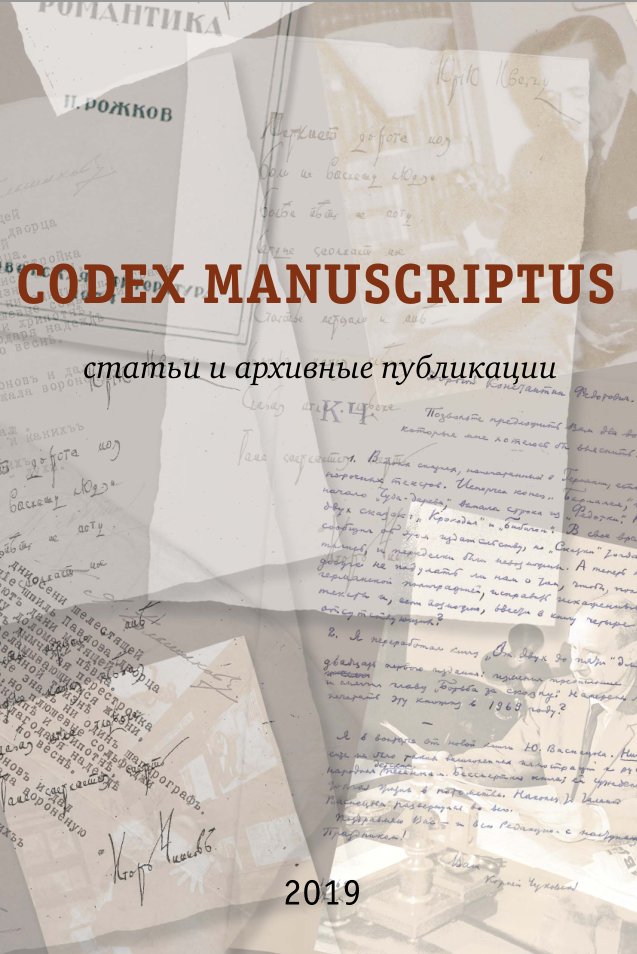Abstract:
The dramatic works of Demyan Bedny have never become the object of scientific research. Almost all of them were not published and were deposited in various archives. Published plays are dedicated to the folk legends about Stepan Razin and the peasant war of liberation under his leadership. An appeal to folk legends and folklore sources is one of the main dramatic principles of the poet. Most likely, these plays were written for the circus by the proletarian poet, and reflect the long-term work of Demyan Bedny to create a special phenomenon of the Soviet stage - agitation and satirical theater. In the 1920s–1930s the poet actively writes for the best directors of the country (collaborates with F. Kaverin, A. Tairov and others), and participates in the formation of the repertoire of the Moscow and Leningrad Music Halls. In the 1920s Demyan Bedny participates in the creation of the Terevsat traveling theaters (Theater of Revolutionary Satire). With his participation, satirical theaters are created: “Korobochka”, “Blue Blouse”, Moscow Theater of Satire, Variety and Miniature Theater, etc. The published plays were deposited in the IWL RAS and in the Russian State Archive of Literature and Art and belong to the late period of the poet’s life — to the end of the 1930s.






